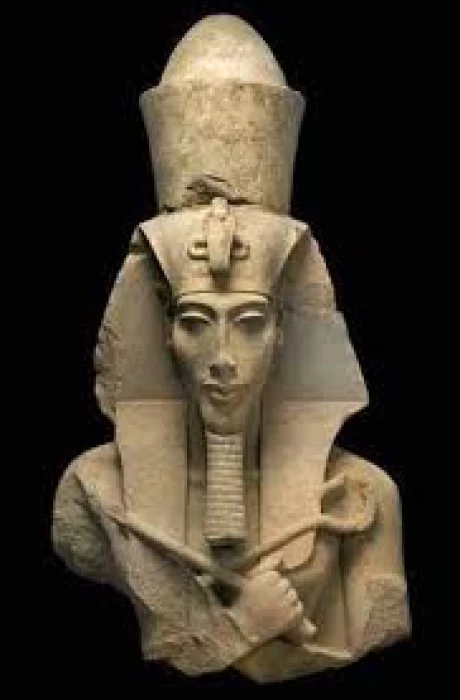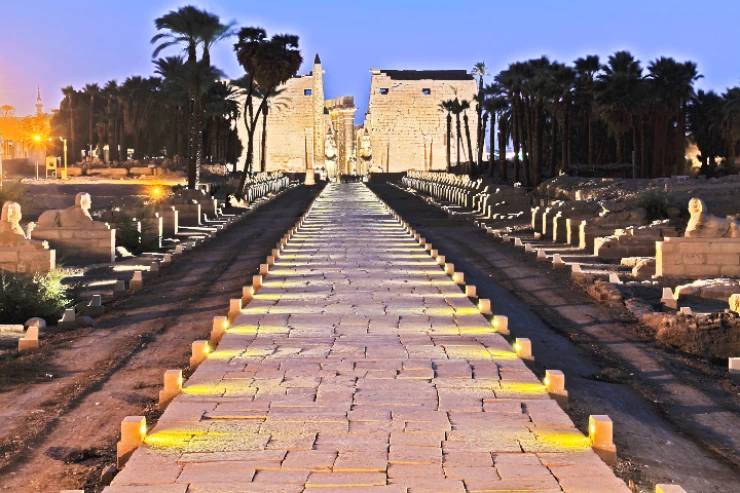
The Eighteenth Dynasty in Ancient Egypt
Facts About The Eighteenth Dynasty
At the end of the Seventeenth Dynasty, the Egyptians had rebelled against the Hyksos supremacy in the Nile Valley. Their last king, Kamose (c. 1553–1549 BCE), had nearly completed the liberation of the country, but it was his brother (or nephew), Ahmose I (c. 1549–1525/24 BCE), who finished the task. Ahmose I is considered the founder of the dynasty.. With the reunification of the Two Lands completed, the Eighteenth Dynasty ushered in the New Kingdom, during which the kings implemented a complete reorganization of the country. Only the administration established by the Hyksos, which had proven effective, seems to have been partially retained.
Great soldiers were also among the early Eighteenth Dynasty's rulers. To remove any possibility of outside threats, they started to conquer nearby nations and build an empire.
To the north, Kings Amenhotep I and Thutmose I expanded the empire to the Euphrates, where they made contact with another great power, Mitanni. They built fortresses and temples. During Queen Hatshepsut's reign, commercial expeditions were launched to distant lands such as Crete and Punt.
To the south, they conquered Nubia, an erstwhile ally of the Hyksos, and pushed the boundaries of Egypt further. Under Amenhotep III, the Egyptian Empire reached an unprecedented level of expansion that would never be repeated in the country's history. Alliances with vassal rulers increased the influence of the New Kingdom, extending from the Orontes River in northern Syria to the Fourth Cataract of the Nile in Nubia. This deepened Egypt's ties with the Middle East, leading to a confrontation of two cultures.
Under Amenhotep II, there were further conflicts with the Mitanni Empire over control of the upper Euphrates. However, under Thutmose IV, peace between the two countries was established through a sophisticated marriage diplomacy. Thutmose IV also created protectorates and alliances with other neighboring empires, such as Babylon.
These exceptional conditions of peace led to a period of cultural flourishing in Egypt that would never be matched again. The spoils from numerous military successes ensured several decades of prosperity. The opening to the Near East facilitated the resumption of importing raw materials, including silver and gold from Asia and Nubia, lapis lazuli from Central Asia, and turquoise from the Sinai. These vast influxes of wealth, combined with tributes from subjugated countries, allowed for a period of grandeur unmatched in history. This prosperity benefited the arts and the construction of monumental edifices, such as the expansion of the Temple of Amun-Ra at Karnak and the construction of the Luxor Temple, among others.















